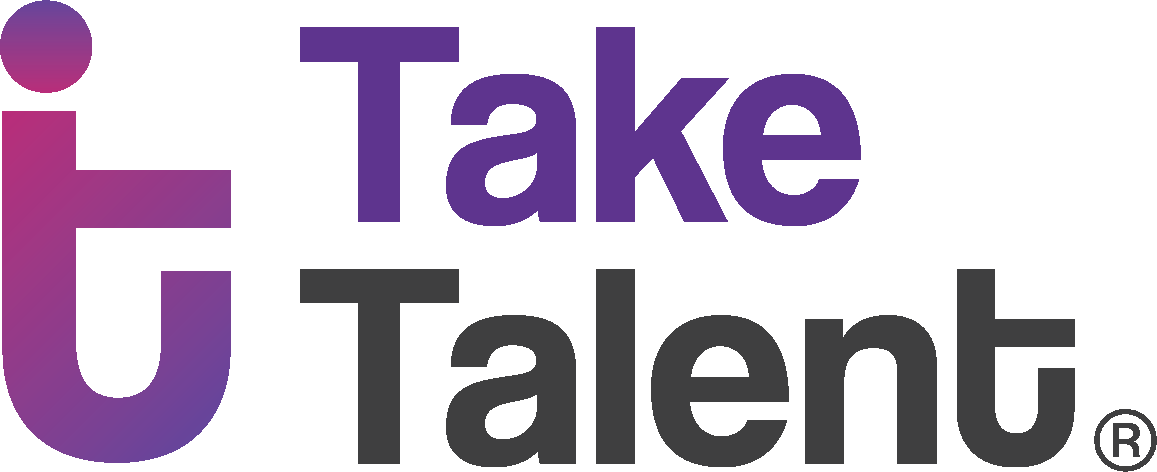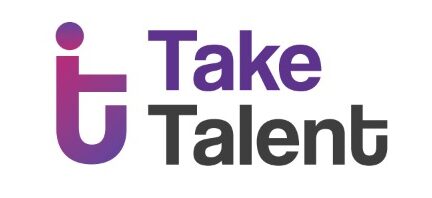What Is Business Digital Transformation?
Digital business transformation refers to using digital technologies to create new or modify current processes. There are many reasons why a company will utilize technology. It could be to enhance workflow or operations, increase efficiency and productivity, boost production, improve the quality of service, expand market reach, etc. Ultimately, the digital transformation brought about by automation technology helps a business save money on overhead, resources, and other expenses.
Impact of Digitalization on Human Resource Costs
The current economic climate has caused many organizations to slash budgets by freezing hiring or temporarily laying off workers. Fortunately, technology provides better alternatives to traditional cost-cutting strategies. Each day, new tools are introduced to help HR teams manage employees’ needs and welfare while saving time and money.
Payroll Management
Good-quality payroll management software can help your company save money. However, the more employees you have, the more you need a reliable tool to make payroll processing efficient. Some small businesses choose to do payroll manually, keeping payment notes in a spreadsheet or a specific document. Others choose to outsource this process to an accountant, bookkeeper, or third-party company. While these are all valid options, using payroll management software is another option. This technology handles all your payroll operations in-house, from recording data, calculating, filing, paying taxes, creating reports, and sending salaries to employees’ bank accounts.
Needless to say, payroll processing is a time-consuming task. As a result, your HR team might be spending a significant amount of their time doing all the payroll-related activities and ensuring data accuracy. In addition, they need to make sure that overtime is paid correctly, which isn’t as easy as it seems. Then, add the complexity of healthcare benefits, retirement savings plans, bonuses, incentives, etc. Payroll management software does all the tasks for your HR team in the quickest time possible, saving you time, overhead, and effort while maintaining a high level of accuracy.
Applicant Tracking System
Hiring the best people to join your company isn’t always easy. Recruitment is often a time-consuming, resource-heavy process. Many organizations use Applicant Tracking Systems (ATS) to attract, identify, and hire the best candidates in today’s job market.
There are plenty of reasons why the use of ATS can help HR teams reduce their costs:
First, it reduces time spent on administrative tasks. With ATS software, you can speed up your recruitment process and save yourself time for more important tasks.
It improves the quality of hires. An ATS allows HR teams to gather more information from the candidates and administer complete assessments before hiring. Also, by automating administrative tasks, recruiters can have more time to engage with candidates in the selection process.
It facilitates better and faster CV screening. On average, one job offer receives 250 applications. However, manually checking each CV for relevance to the role is time-consuming. ATS automates the initial screening using algorithms that match candidates against job requirements, helping recruiters select the best candidates for any given role.
It streamlines the interview process. Digital interviewing through dedicated software systems or apps allow recruiters to screen candidates anywhere, at any time. This helps lower expenses like travel while also reducing time-to-hire rates.
Time and Attendance Management
Like payroll management, you will typically need at least one full-time employee to manage employee attendance and leave processes, especially if you have workers from different locations or time zones. Not only that, but you should also make sure that your employees are doing the right job at the right time. If you manage either a hybrid or a remote workforce, the more complex employee time and attendance tracking are. Thankfully, sophisticated time management strategies can simplify all the complex tasks, reducing costs and errors.
With time and attendance software, your business can:
- Save hours with administrative tasks and minimize the risk of human errors.
- Monitor employees’ attendance.
- Reduce the cost of absenteeism.
- Prevent time fraud or payroll abuse.
- Create work schedules more effectively.
It can take a lot of time to collect manually, manage, calculate, and process information concerning time and attendance. However, with an automated time and attendance tracking solution, organizations can increase efficiency, saving money in the long run.
Performance Management
Performance management refers to activities and processes that focus on skills, resources, and support to improve employees’ performance. Continuous performance management helps the HR team better understand employees’ skill sets, boost their morale, identify employees who are qualified for promotions, and help define their career paths. It also improves accountability among employees while promoting their independence.
Managing employees’ performance is even more complicated than managing their productivity, attendance, and payroll. In most cases, a performance management system makes the task of HR teams in several aspects, such as:
Training
A performance management system involves employee evaluation that helps spot people who need training. While tenure employees are presumed to be well-versed in their roles and tasks, that isn’t always the case.
Feedback
A good performance management tool incorporates capturing 360-degree feedback on employees’ performance. This gives the manager a more profound sense of how the employee performs in many areas and what specific skill sets they need to work on.
Development Plans
Managers can capture helpful information about future training needs, promotional opportunities, and other development-related initiatives with such a tool. Good performance management means less downtime and more uptime, productivity, and revenue earned for your business. It also translates to lower IT costs because fewer people are required to manage and analyze data.
Onboarding and Training System
Digital onboarding entails completing new hire paperwork, training, orientations, and learning about office policies using digital technology. By performing digital onboarding, new hires are introduced to the rest of the organization and their respective teams and become acclaimed to the company and its cultures. With online onboarding, everything is paperless, which means less administrative work for the HR team and convenience for the employees. Even the digital handbook is delivered digitally. So instead of organizing talks and meetings, new hires can go through the paperwork at their own time and pace and ask questions if needed.
Here are more ways digital transformation in employee onboarding can cut costs and save time:
- Another notable advantage of employee onboarding software is that new hires can access autonomous support tools. Online onboarding systems utilize e-learning courses and tools, including quizzes and games, to increase engagement.
- Through this software, they can get online resources whenever the need arises, such as when incorrectly performing a task or encountering an error, instead of asking a manager for help.
- Employee onboarding software allows new hires to impart real work experiences without unfounded risks in the HR department.
For instance, you can create simulations that teach your new HR personnel how to conduct job interviews or deal with typical employees’ concerns.
How Do Digital Transformation Save Costs?
Implementing digital transformation in HR significantly saves different types of recurring costs in an organization by:
Reducing margins of errors.
Many organizations incur high costs due to human errors. The use of digital tools and software systems reduces the chance for human errors, helping ensure consistency and adherence to processes.
Optimizing processes.
Automating repetitive tasks saves the HR team a lot of time and energy, thereby allowing them to focus on more critical tasks.
Most IT leaders believe that automation technology can save departments between 10 and 50 percent on costs.
Saving material costs.
Digitizing administrative tasks eliminates paperwork and stationery, reducing operational and storage costs. For example, storing information on a cloud-based system allows an organization to significantly reduce costs compared to traditional physical infrastructure management.
Wrapping it Up
As we face another economic downturn, businesses need to find strategies to cut costs without cutting corners. HR digital transformation is no longer a matter of choice but a matter of need. In a world that’s digitizing at a swift pace, HR departments should embrace digital technology to improve their processes, save time, and ultimately lower their operational costs. Digital transformation can streamline every aspect of HR administration, from payroll management, recruitment, attendance and monitoring, performance management, and employee onboarding.
However, it is vital to invest in the right digital solutions for your business and ensure that they are tailored to your needs. Also, note that digital transformation is both a process and an outcome. It’s an evolutionary change that doesn’t happen overnight. It also entails a shift in the culture and mindset of your HR team. Thus, it’s vital to prepare your team to remain engaged in the process, stay current, and know what your competitors are doing in the same area.





